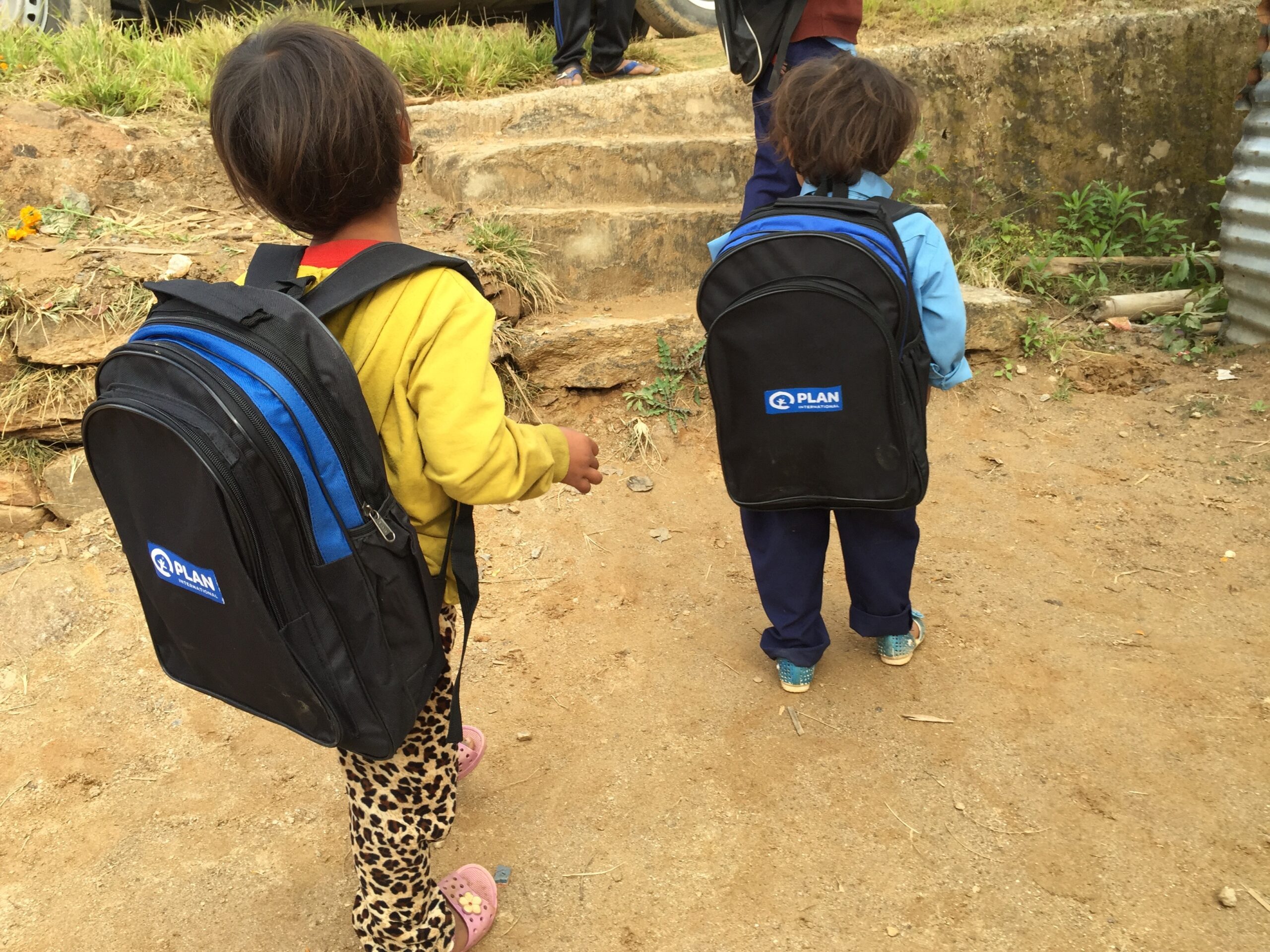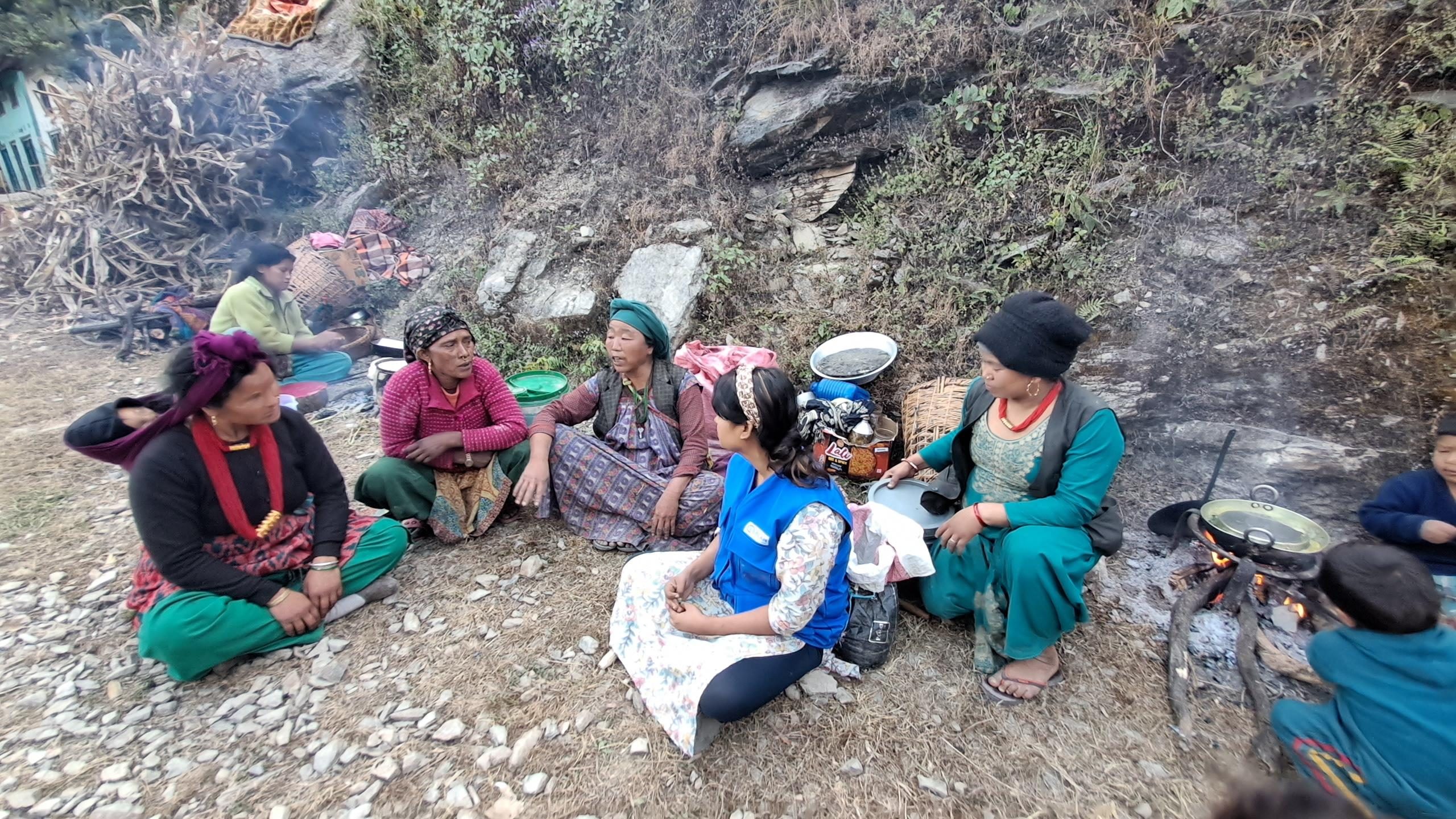Standing by children when they need us most
In Nepal, disasters frequently occur, and children are often among the most severely affected. Girls, children with disabilities, and those from marginalised groups face the highest risks. In every emergency, the priority is to keep them safe, supported, and able to recover with dignity. Blog by Sabina Raut, Technical Advisor, Child Protection, Plan International Nepal.

Helping girls and young women stay protected in times of crisis
In Nepal, disasters such as earthquakes, floods, and landslides happen often. When they do, children are usually the first to face harm and the last to get protection. These situations can put children at risk of being separated from their families, facing abuse, neglect, exploitation, or emotional distress.
Girls, children with disabilities, and those from marginalised groups face even more challenges. In past emergencies, such as the 2015 earthquake, yearly monsoon floods, and the 2023 Jajarkot earthquake, Plan International Nepal has worked to keep children safe, both physically and emotionally. We also help them recover by providing care, support, and safe spaces where they can feel secure and respected.
“After the earthquake, I lost interest in my studies and felt overwhelmed. It damaged not just our homes but also our minds. The counselling I received helped me realise that timely support can truly make a difference,” said Bhumika, a young girl, Rukum West.
“After the earthquake, I lost interest in my studies and felt overwhelmed. It damaged not just our homes but also our minds. The counselling I received helped me realise that timely support can truly make a difference.”
Bhumika, a young girl, Rukum West
Our approach to ensure children are safe
Our child protection work in emergencies involves the whole community. We work with families, local authorities, and other organisations to make sure children are cared for and protected during crises.
Our child protection work in emergencies focuses on meeting both the immediate and long-term needs of children and their families. We provide emotional support and psychological first aid to help children, parents, and people with disabilities deal with trauma and regain emotional stability. In times of crisis, we set up child-friendly spaces where children can play, learn, and express their feelings in a safe environment, alongside group activities such as games, art, sports, and informal learning to reduce stress and restore a sense of normality. We help families cope by providing vouchers, clean water, shelter items, and kitchen kits so they can meet their children’s basic needs.
For adolescent girls and women, we distribute dignity kits containing reusable pads, soap, underwear, and other items to help them manage their periods safely and confidently. Safeguarding is built into all our work, with clear ways for community members to share concerns. We also strengthen local child protection groups such as child rights committees, enabling them to keep children safe during and after emergencies, and we hold awareness sessions with local leaders and communities to raise understanding of the risks children face and how to protect them.
The challenges we face
Child protection in emergencies faces several challenges. It often receives less funding than sectors such as food and shelter, despite being vital for children’s safety and well-being. Emergencies can be chaotic, making it difficult for different groups to coordinate quickly and effectively.
Discrimination based on gender, caste, or disability often becomes worse during crises, putting children, especially girls, those from marginalised groups, and children with disabilities, at even greater risk. Schools and health centres are frequently damaged or used as shelters, leaving children without safe spaces or essential services. Too often, children are also left out of emergency planning, meaning their voices and specific needs are not considered.

How we respond
In every emergency, we put the safety and well-being of children, especially girls and young women from diverse communities, at the heart of our work. Child protection is included in all areas of our response, from education and water to shelter, ensuring that their needs are not overlooked. We work closely with local groups, children’s clubs, and community leaders to identify and respond to risks quickly. Safe spaces are created where children can feel secure, express themselves, and receive emotional support. Clear and accessible ways for people to share feedback or report problems are in place, so concerns are heard and acted upon. We train local officials and frontline workers to lead child protection efforts, and we encourage both local and national authorities to make protecting children a key part of their disaster plans.
We aim to make child protection part of everyday life, not just during emergencies. We work with local governments to include it in their budgets and plans, and we support children’s clubs and youth networks to take the lead in their communities.
By building strong local systems and skills, we can make sure protection services are available to all children, including girls and young women from diverse backgrounds, before, during, and after a crisis. Our goal is simple: every child should be safe, respected, and able to look forward to the future.
Categories: Emergencies, Protection from violence


